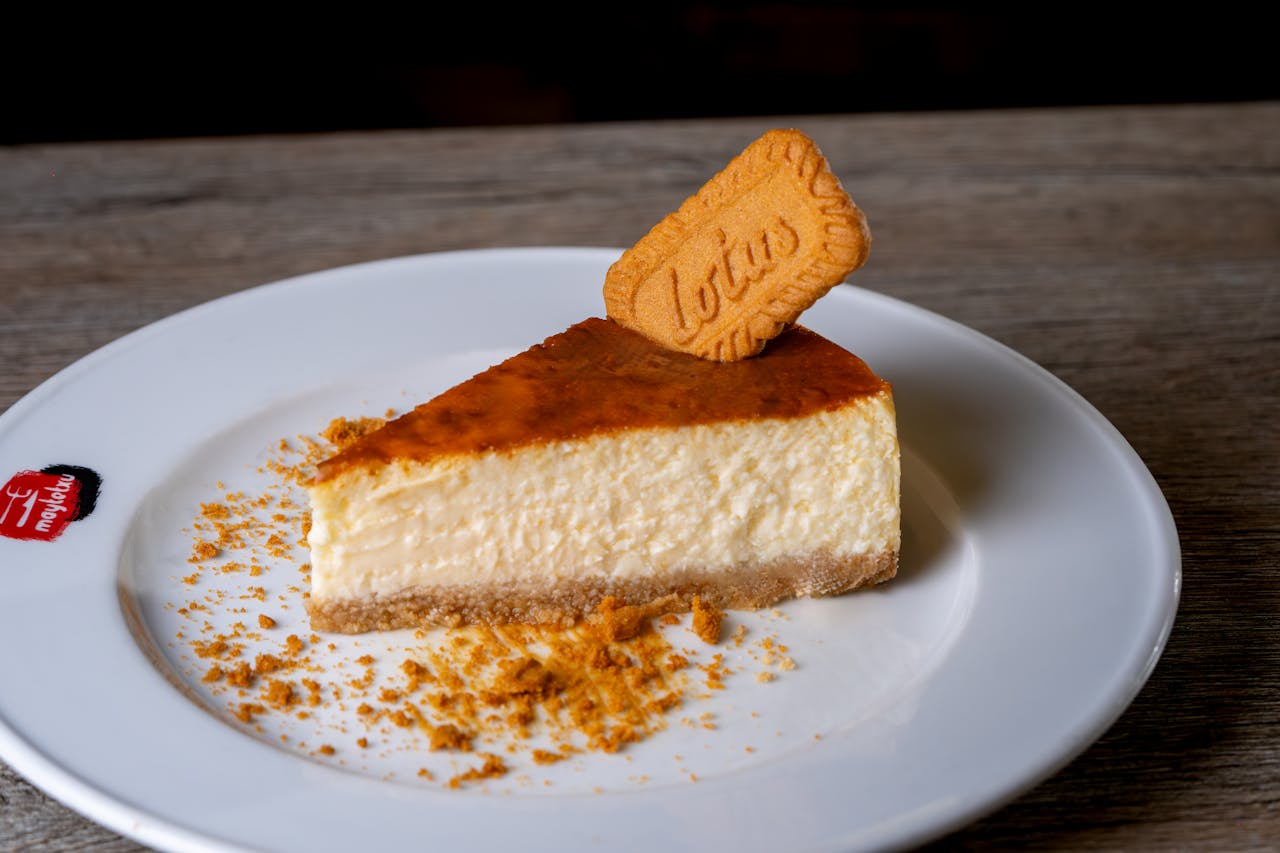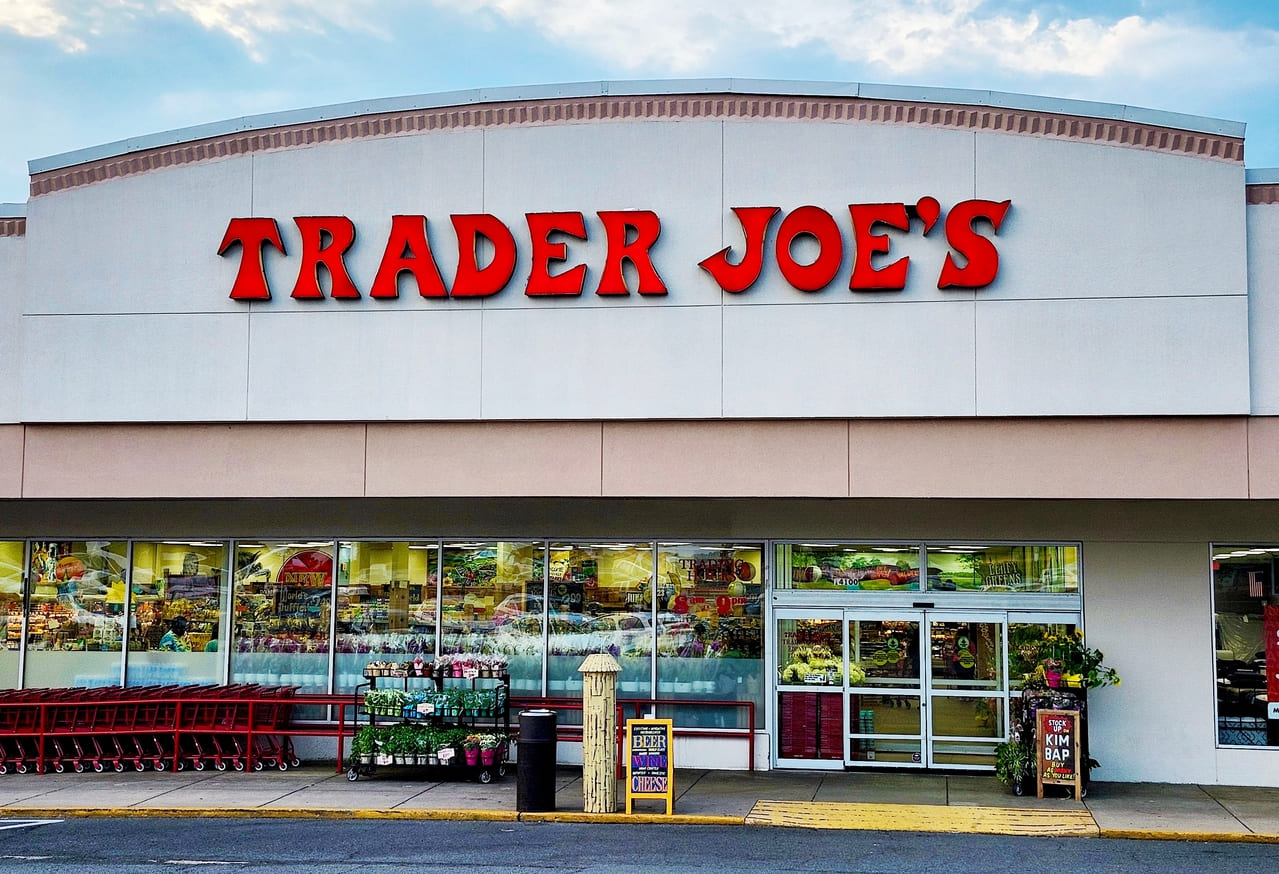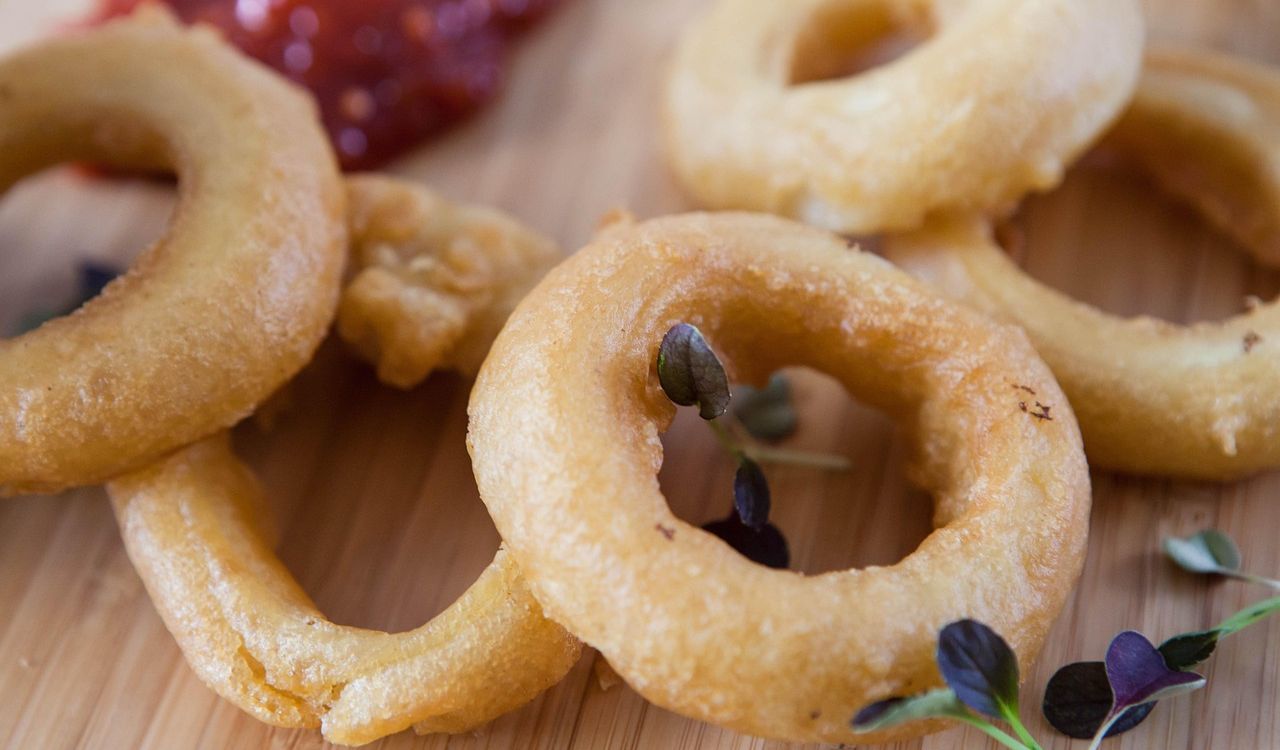Why Perfecting Potato Salad Means Balancing Tradition with Personal Touches

Potato salad might seem simple, but ask ten people how to make it, and you’ll hear ten firm opinions. Some swear by yellow mustard and pickles; others insist on creamy mayo and eggs. The truth is, the best potato salad is as much about memory as it is about flavor.
Every bowl tells a story, one that’s passed down at picnics, church gatherings, and family barbecues. Recipes evolve quietly over time, picking up bits of personality with every generation. What begins as a classic side dish becomes a small piece of family identity.
Still, balancing those inherited methods with your own taste takes some thought. Let’s break down what it really means to perfect a potato salad that feels both familiar and uniquely yours.
Respecting the Roots of a Classic
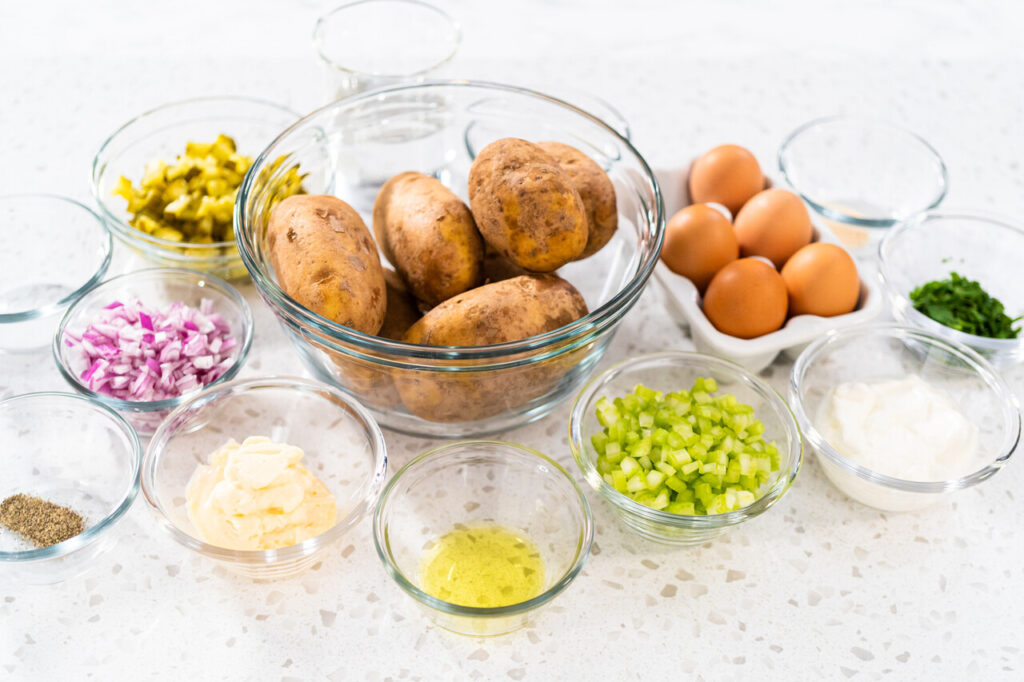
Before adding your twist, you have to understand why the traditional version works so well. The old-school recipe wasn’t just about taste; it was about practicality and comfort.
The Role of Ingredients
Classic potato salad relies on simple, accessible ingredients that were once pantry staples. Think russet or red potatoes, boiled eggs, mustard, mayonnaise, and celery for crunch. These choices weren’t random; they reflected the era’s ingredients and regional availability.
What this means is, tradition gives us a foundation of balance. The creaminess, acidity, and texture all work together to create that familiar comfort we associate with “home.”
Generational Flavor
Every family’s potato salad has its fingerprint. Maybe your grandmother added a splash of vinegar for bite, or your dad liked it with dill instead of parsley. Respecting these quirks keeps the dish rooted in memory.
You don’t have to copy them perfectly. It’s about keeping their spirit alive while allowing room for your preferences to evolve naturally.
Crafting Your Own Signature Twist
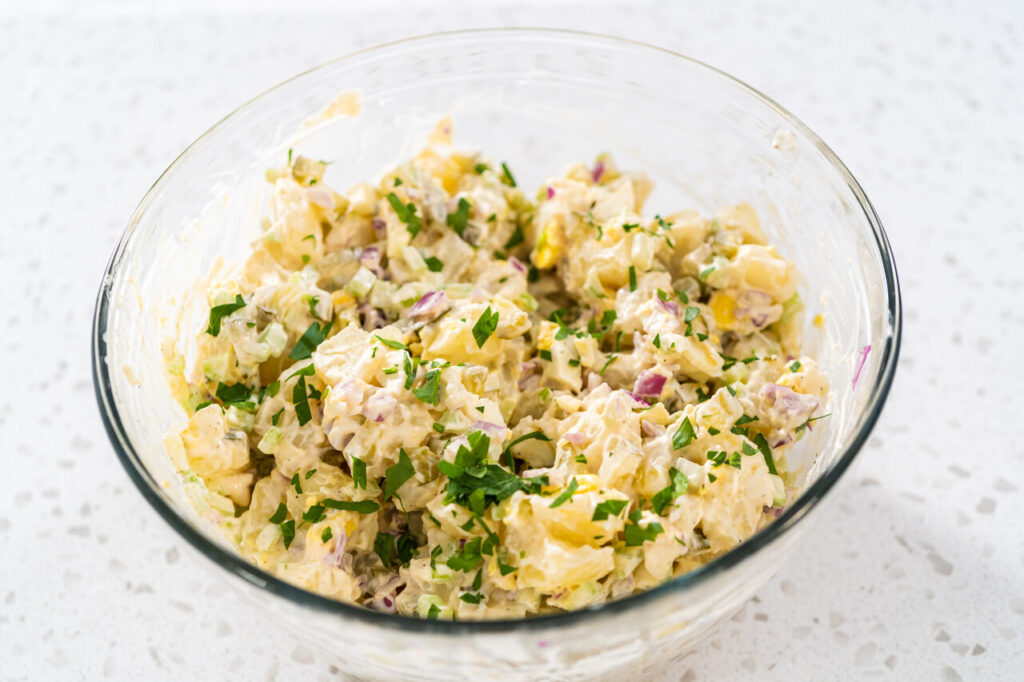
Once you’ve honored the basics, the next step is finding your personal touch. This is where creativity meets comfort food.
Playing with Texture and Temperature
Some people prefer their salad cold and creamy; others like it slightly warm and tangy. Try roasting the potatoes instead of boiling them for a deeper flavor. Or, mix in crisp elements like green beans or radish slices for contrast.
Texture is where your potato salad starts to feel personal. Don’t be afraid to go beyond the usual boundaries if it makes the dish taste more “you.”
Modern Flavor Experiments
From spicy aioli to smoked paprika, global influences can completely shift the mood of a potato salad. Adding yogurt or sour cream instead of pure mayo lightens the base. Fresh herbs like dill or chives bring brightness that cuts through the richness.
These choices reflect how we cook today-more adventurous, more health-conscious, and less afraid to blend traditions.
The Social Side of Potato Salad

Potato salad isn’t just food; it’s a communal dish. It carries stories, shared laughter, and sometimes, quiet rivalry over who makes it best.
Shared Memories at the Table
Every potluck or picnic where it shows up adds another chapter to its story. The dish becomes a conversation starter, a comforter, and sometimes even a peace offering between competing family recipes.
In that way, your potato salad becomes part of something bigger than the plate; it’s a connector.
Passing It Forward
When you tweak your recipe and share it, you’re continuing a living tradition. You’re adding your mark to a chain that stretches backward and forward through generations.
What started as “Grandma’s salad” eventually becomes “yours” and one day, someone else’s version of “the way it’s always been done.”
Finding the Sweet Spot
Perfecting potato salad isn’t about chasing perfection; it’s about balance. Honor the flavors that ground you in tradition, but don’t be afraid to make choices that reflect who you are today.
The beauty of this dish lies in its adaptability. It changes with the cook, the season, and the company at the table. When it feels both nostalgic and new, you’ll know you’ve found your version of perfect.




